The Glass Cockpit Display Market is currently characterized by a dynamic competitive landscape, driven by technological advancements and increasing demand for enhanced situational awareness in aviation. Key players such as Honeywell (US), Thales Group (FR), and Garmin (US) are strategically positioning themselves through innovation and partnerships. Honeywell (US) focuses on integrating advanced analytics and artificial intelligence into their cockpit displays, enhancing user experience and operational efficiency. Meanwhile, Thales Group (FR) emphasizes regional expansion, particularly in Asia-Pacific, to capture emerging markets, while Garmin (US) is leveraging its expertise in consumer electronics to innovate cockpit solutions that appeal to both commercial and private aviation sectors. Collectively, these strategies contribute to a competitive environment that is increasingly centered on technological differentiation and customer-centric solutions.
In terms of business tactics, companies are localizing manufacturing and optimizing supply chains to enhance responsiveness and reduce costs. The market structure appears moderately fragmented, with several players vying for market share, yet dominated by a few key firms that exert considerable influence. This competitive structure allows for a diverse range of offerings, catering to various segments within the aviation industry, from commercial airlines to military applications.
In August 2025, Honeywell (US) announced a partnership with a leading aerospace manufacturer to develop next-generation cockpit displays that incorporate augmented reality features. This strategic move is significant as it positions Honeywell at the forefront of technological innovation, potentially revolutionizing pilot training and operational efficiency. The integration of augmented reality could enhance situational awareness, thereby improving safety and decision-making in complex flight environments.
In September 2025, Thales Group (FR) unveiled a new line of glass cockpit displays designed specifically for unmanned aerial vehicles (UAVs). This launch reflects Thales's commitment to diversifying its product offerings and tapping into the growing UAV market. By catering to this niche, Thales not only strengthens its market position but also aligns with the increasing trend towards automation and remote operations in aviation.
In July 2025, Garmin (US) expanded its product line by introducing a new series of cockpit displays that integrate seamlessly with existing avionics systems. This strategic initiative is crucial as it enhances Garmin's competitive edge by providing customers with versatile solutions that require minimal retrofitting. Such adaptability is likely to appeal to a broad customer base, from small aircraft operators to larger commercial airlines, thereby expanding Garmin's market reach.
As of October 2025, the Glass Cockpit Display Market is witnessing trends that emphasize digitalization, sustainability, and the integration of artificial intelligence. Strategic alliances are increasingly shaping the competitive landscape, enabling companies to pool resources and expertise to drive innovation. Looking ahead, competitive differentiation is expected to evolve, with a pronounced shift from price-based competition towards a focus on technological innovation, reliability in supply chains, and enhanced customer experiences. This transition underscores the importance of agility and forward-thinking strategies in maintaining a competitive advantage in a rapidly changing market.

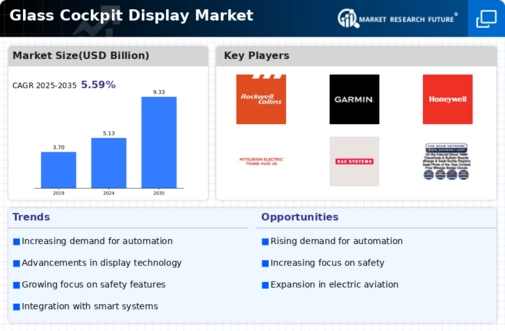
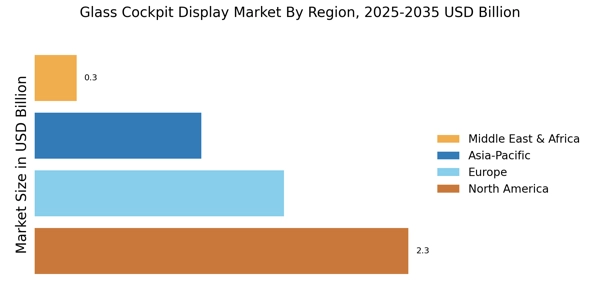
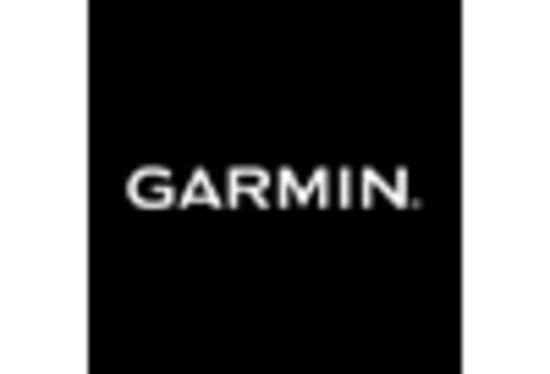

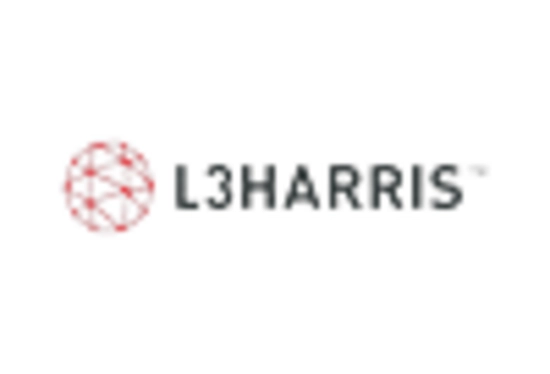

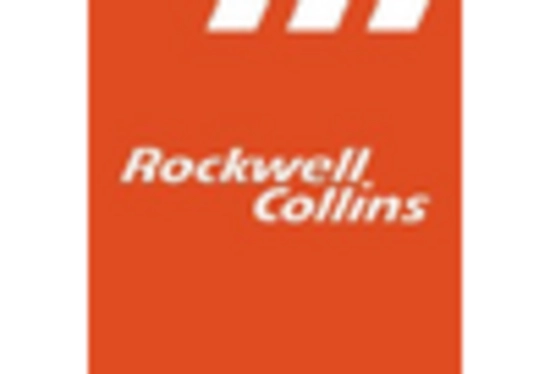









Leave a Comment